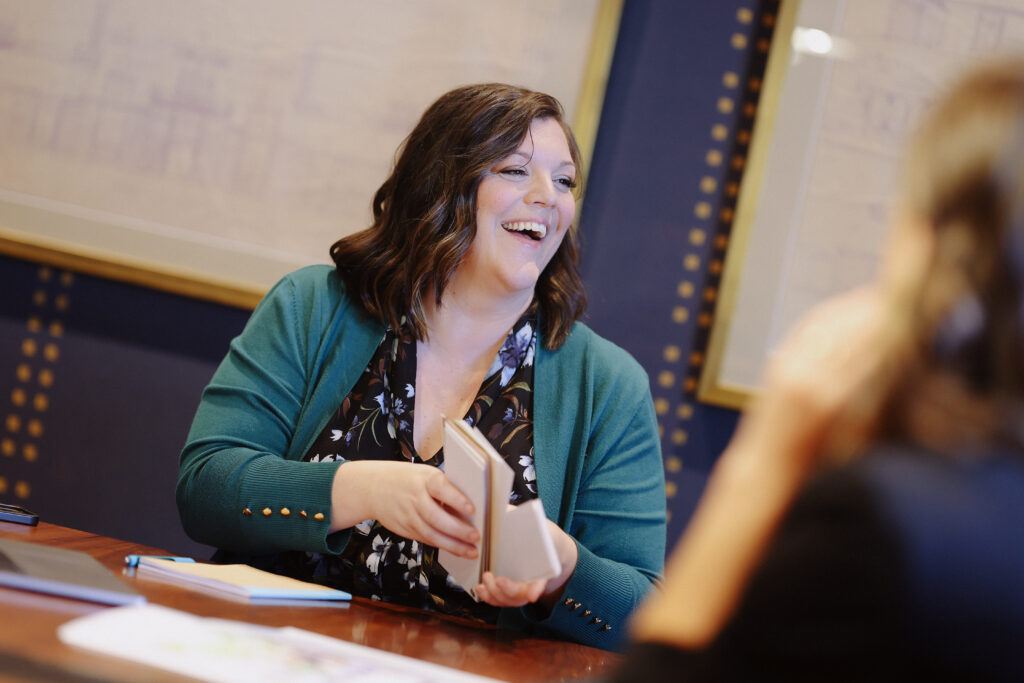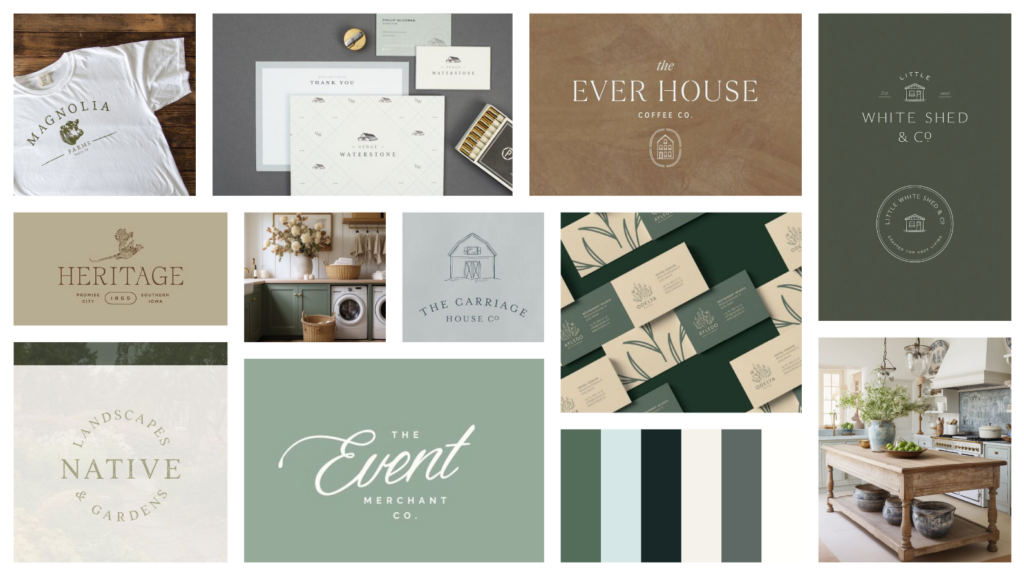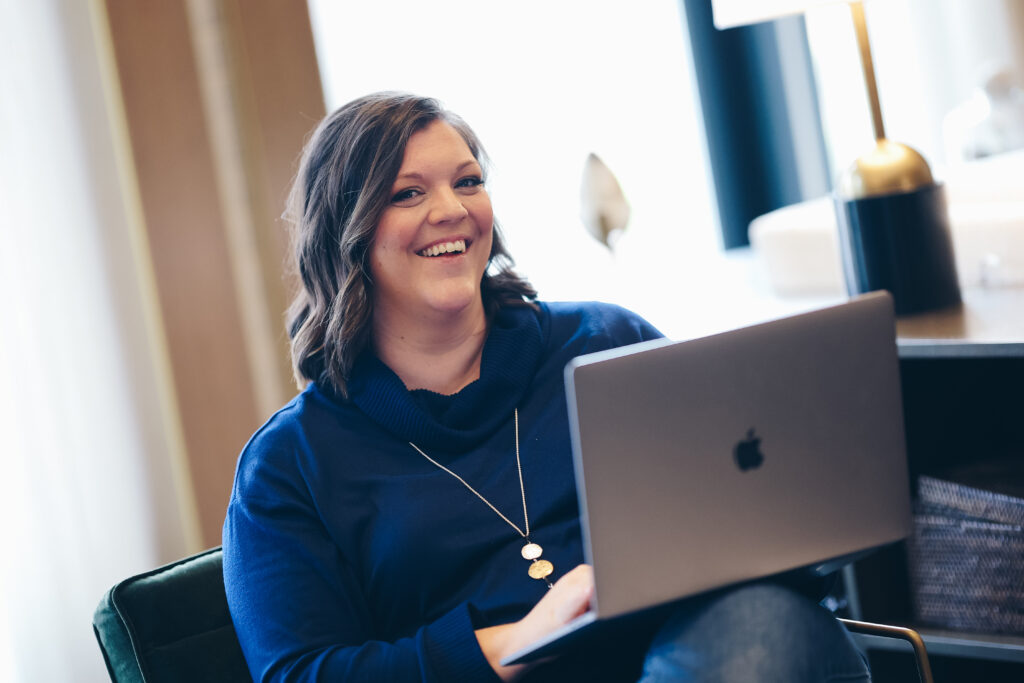Six Steps to Design
At TealHaus, we tend to “nerd out” –borrowing a phrase from Lindsay–when it comes to branding a client. After all, it is a visual representation of the story we are desperately trying to tell through our marketing efforts. We have said again and again that stories are how we help our clients connect emotionally with prospects and customers. It gives meaning and value to whatever you are trying to sell, create, build, or offer as a service.
So, when it comes to the art of turning that story into something visual, it is a process that takes time– time with the client, researching, thinking and sketching, reflecting, tweaking, and ultimately, finalizing.
Mallory Hollis, a designer at TealHaus, has six key steps she follows in the process of branding a business. It all starts with listening.
Client Meeting
First, I review the creative brief. This helps me understand the what, the why, the when, and any parameters to the project. Once I understand some basic context, I meet with the client and listen. I listen to this person (or group of people) put words to how the company was founded and why it was founded. I try to identify words that describe what this company does and the personality it encompasses. I encourage the client to essentially “brain dump.” I do have questions that usually steer the conversation, but during this step, I try to do more listening than talking. I quickly gather intricate details of the business, target audiences, specific styles and colors the client likes (or dislikes), and any other expectations the client has.

Research
Next, I begin my market research. I have learned the more research the better. This is not the most glamorous step, but certainly a necessary one. Once I start, the findings become increasingly fascinating. I research the target audience(s) and current trends. I pay close attention to how the target audience responds to a variety of styles, colors, words, themes, and more. It is important to understand how favorably (or unfavorably) the target audience responds to an array of stimuli. Once I have a general understanding of my research, I start checking marketing trends as a way for me to verify my research. I look beyond this type of business and industry to see what trends and brands are performing well.
Moodboards
The next step is creating some type of moodboard. I spend countless hours referencing Pinterest and other similar sites. This is when ideas begin to morph into visuals piecing together styles, colors, textures, typography, and more to begin to assess the overall mood (emotional response) of the client. Upon presenting an array of moodboards, I usually am able to hone in on specifics the client likes (and dislikes) which gives me direction for my next step.

Sketch
Next, I start sketching! I start putting together the puzzle pieces from market research findings to favorable trends and emotional responses of the target audience and the client. Sometimes I sketch by hand while other times I sketch digitally. This is where ideas morph into actual sketches and the visual brand begins to take shape!
Design
Soon the sketch becomes more of a design as the colors, patterns, textures, typography, and icons start coming together. I often present variations of the design for the client. I mock up these variations on a variety of brand collateral such as a business card or apparel. This usually triggers excitement as the client begins to envision their branding on specific pieces. Once I get the designs to a place where I’m satisfied (I can be very picky), I usually step away—at least for a few hours. When I come back, I’m refreshed and can easily identify and final tweaks or oversights. At this stage, I let another designer critique and make suggestions.
Present, Revise, and Deliver
Perhaps it sounds crazy to place these three steps into my last tip, but usually, it is downhill from here. At this point, I have a solid design in place and am ready to present this design to the client. Presentation is key. The way in which I present has a dramatic impact on the client’s initial reaction and feedback. The design must tell a story to the client that this is indeed a strong, visual representation of their business. Following the presentation are always some revisions and tweaks which can range depending on the client’s feedback. Once the revisions are complete and the client fully approves, we package everything together for final delivery in a brand guide.
I love what I do. I love watching a business come to life through developing a brand and the task of telling this story visually. And when clients get that first item with their new logo on it, it brings me incredible joy and pride to see what we were able to create together.
Creatively written by
Lindsay Niedringhaus
Founder & Owner



